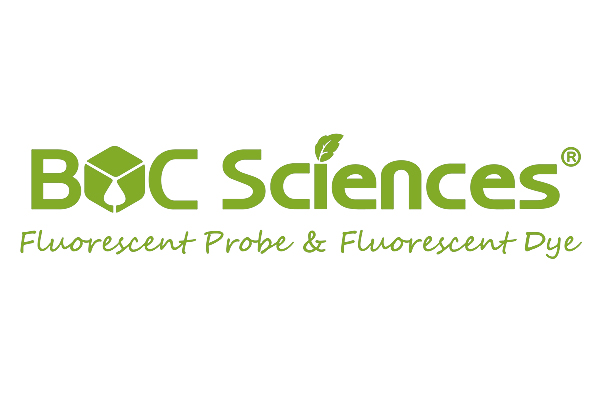Cyanine5.5
-

-

-

-

-

-

-

-

-
 Cyanine5.5 dimethyl
Cyanine5.5 dimethylCAT:
-
 3'-CY5.5 CPG 1000
3'-CY5.5 CPG 1000CAT:
-

-

-

-

-

-

Background
BOC Sciences is committed to providing customers with high-quality cyanine5.5 dyes.
Cyanine5.5 dyes are a commonly used class of near-infrared (NIR) fluorescent emitting dyes that emit near-infrared (NIR) fluorescence with fluorescence excitation and emission peaks around 680 and 710 nm, respectively, which make them ideal for fluorescence measurements. They also have biological safety that cannot be achieved by dyes and isotopic labels in the ultraviolet region and high extinction coefficient, bright fluorescence, insensitive to pH value, and long fluorescence wavelength (Em: 710 nm). Dyes with similar fluorescent properties include Alexa Fluor 680, DyLight 680, etc.
Characteristics of Cyanine5.5 Dyes
These dyes require small amounts of organic co-solvents such as DMF, DMSO, chloroform, DMF for the labeling reactions. They are ideal for very cost-effective labeling of soluble proteins as well as various peptides and oligonucleotides. This class of reagents is also suitable for small molecule labeling in organic solvents.
Application of Cyanine5.5 Dyes
Cyanine5.5 dyes can avoid the visible light region absorbed by many substances, and the absorbed near-infrared light penetrates deeper in biological tissues, and the excitation fluorescence is less affected by the background of biological tissues, which can generate signals in deep tissues. Especially in the 700-900 nanometer range, there is little absorption by water and hemoglobin, and near-infrared light can penetrate 15 cm into tissue. At the same time, their background fluorescence is weak in human blood, body fluids and tissues, and their long-wavelength penetration is strong, so they are often used in vivo imaging of small animals. They can also be used to label proteins, antibodies, peptides, nucleic acid molecules, nanoparticles, etc. The most common uses are the labeling of nucleic acid molecules (DNA and RNA), fluorescent staining of cells and in vivo imaging of small animals.
Resources

- Hoechst Dyes: Definition, Structure, Mechanism and Applications
- Mastering the Spectrum: A Comprehensive Guide to Cy3 and Cy5 Dyes
- Fluorescent Probes: Definition, Structure, Types and Application
- Fluorescent Dyes: Definition, Mechanism, Types and Application
- Coumarin Dyes: Definition, Structure, Benefits, Synthesis and Uses
- Unlocking the Power of Fluorescence Imaging: A Comprehensive Guide
- Cell Imaging: Definitions, Systems, Protocols, Dyes, and Applications
- Lipid Staining: Definition, Principles, Methods, Dyes, and Uses
- Flow Cytometry: Definition, Principles, Protocols, Dyes, and Uses
- Nucleic Acid Staining: Definition, Principles, Dyes, Procedures, and Uses
Online Inquiry

